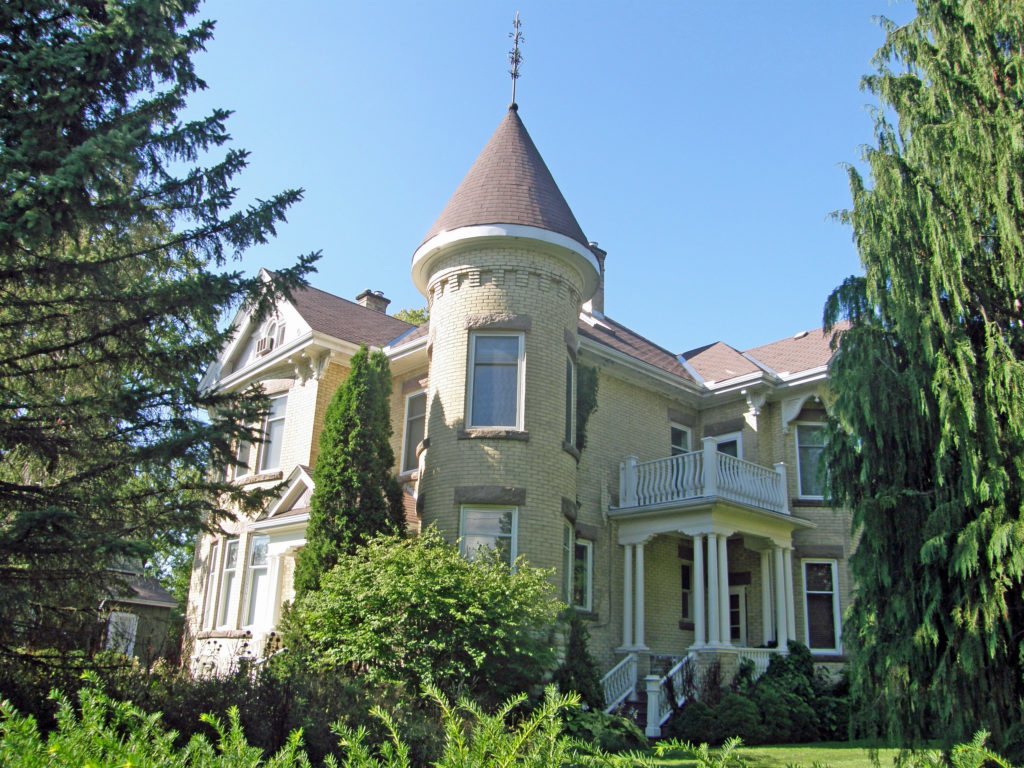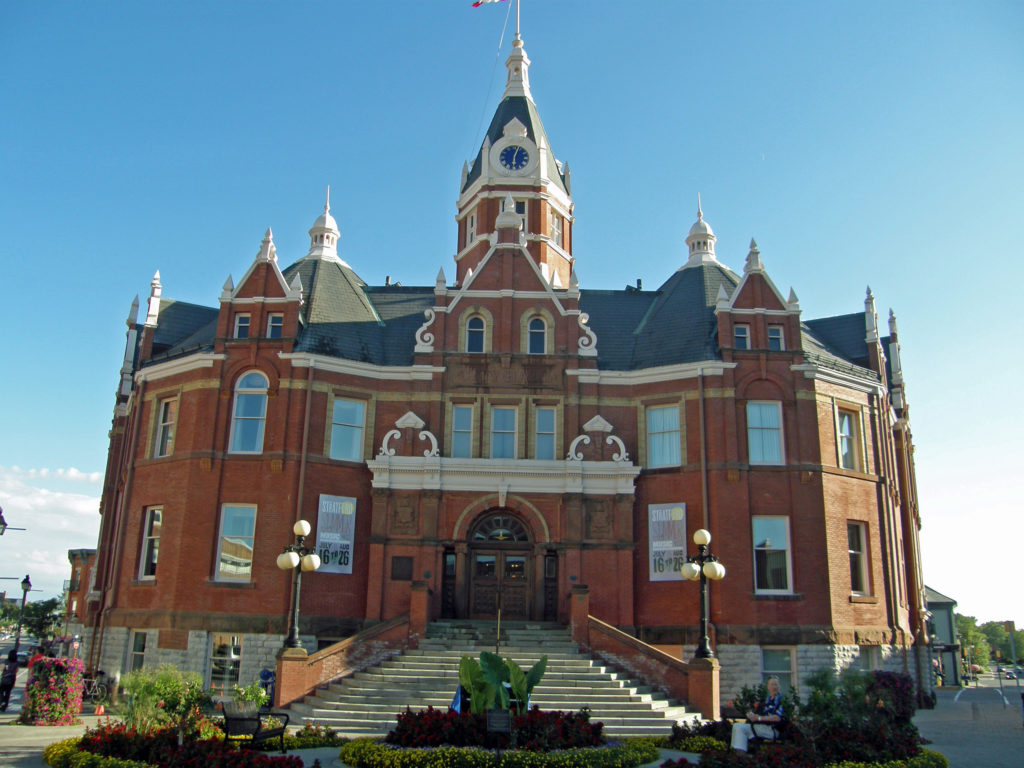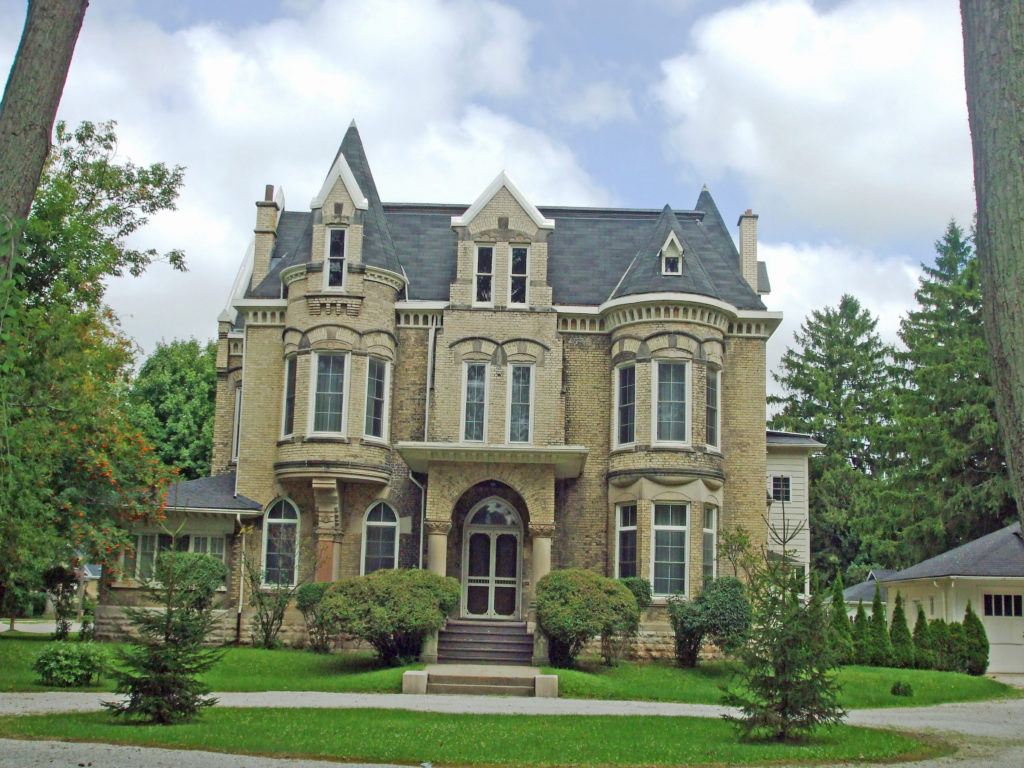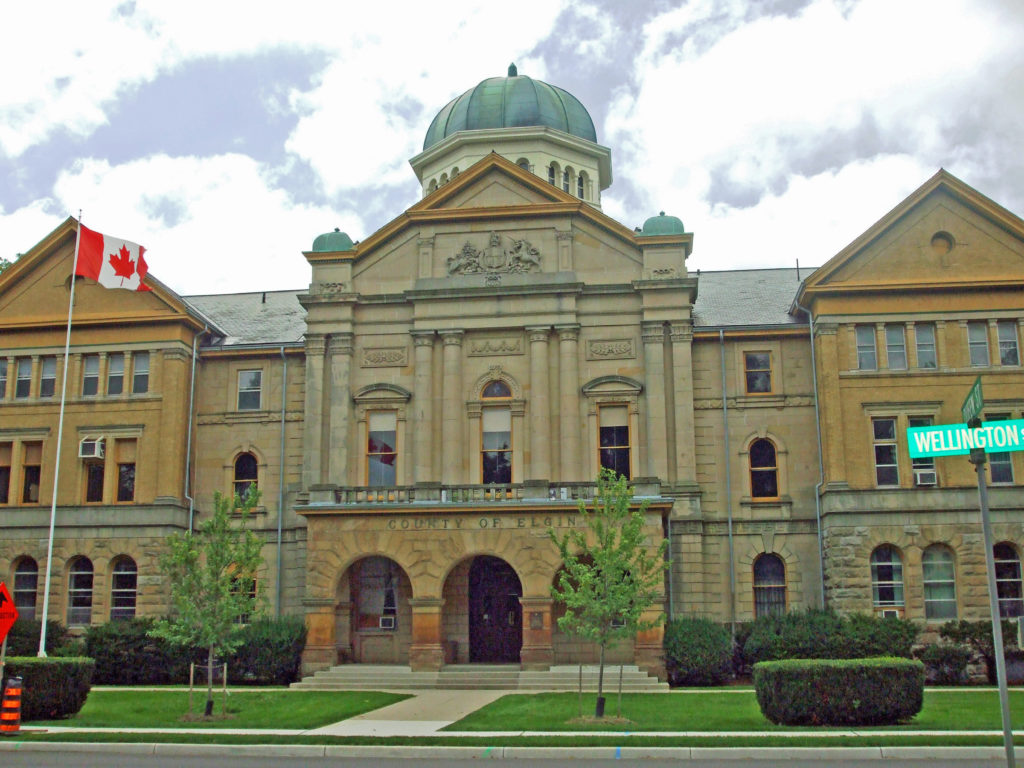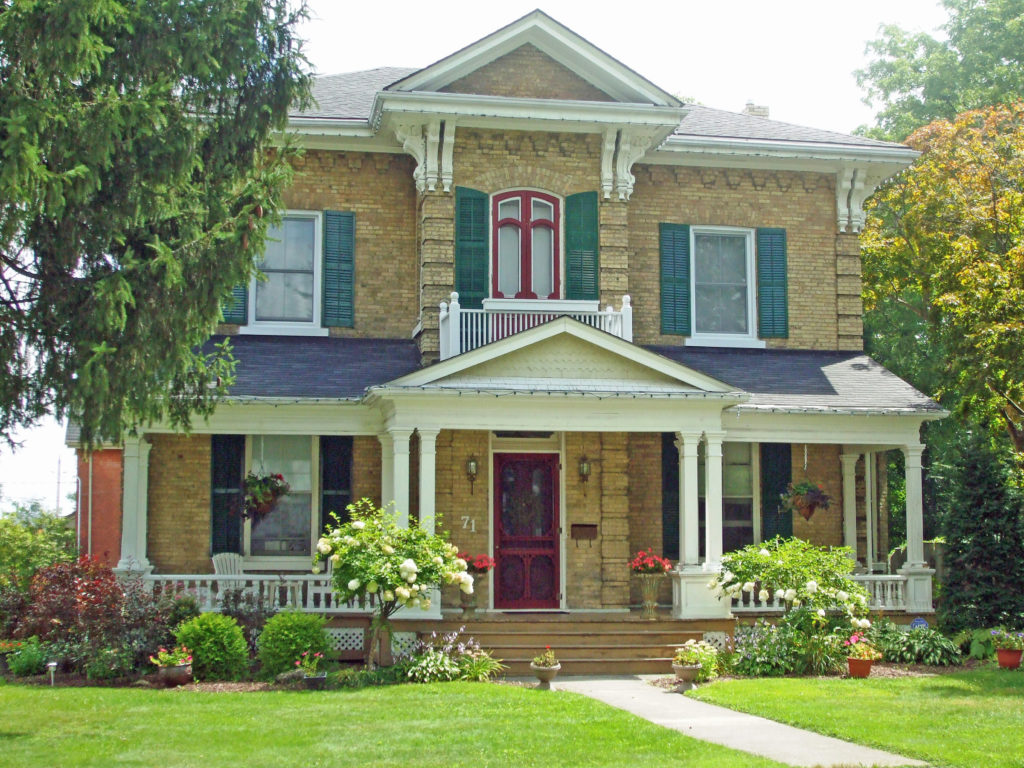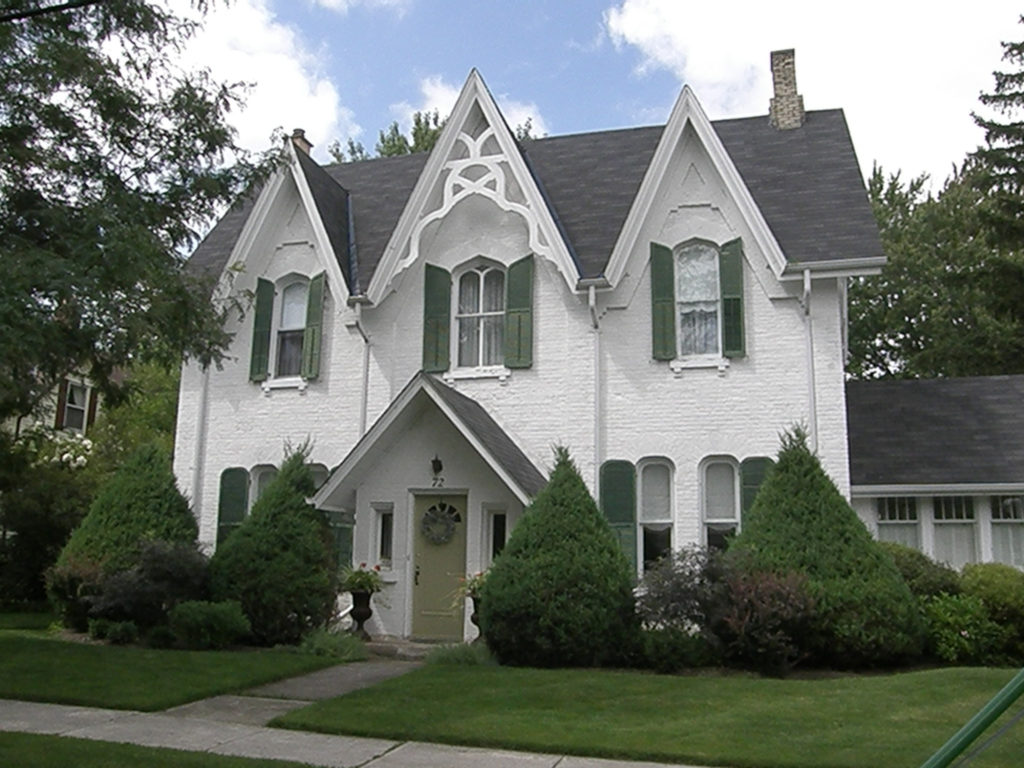Stratford, Ontario – My Top 6 Picks
Stratford is a city on the Avon River in Perth County in southwestern Ontario located at the junction of Highways 7-8 and 19. When the area was first settled by Europeans in 1832, the town site and the river were named after Stratford-upon-Avon, England.
In 1832, the Canada Company, a large private land settlement agency, initiated the development of “Little Thames†as the market center for the eastern Huron Tract. By 1834, a tavern, sawmill, and gristmill were built and a year later a post office called Stratford was opened. With the coming of the railroad in the 1850s and the designation of Stratford as county town, the village was transformed into a thriving administrative and commercial center. Railway repair yards were opened here in 1871, and the town continued to expand. By 1885, Stratford had a population of 9,000 and it was incorporated as a city.
Furniture manufacturing became an important part of the local economy by the twentieth century.
The town is well known for being the home of the Stratford Shakespeare Festival which began in 1953. The annual festival brings hundreds of thousands of theatre goers and tourists to the area. The world-renowned festival takes place in four theaters throughout the city: the Festival Theatre, the Avon Theatre, Tom Patterson Theatre and the Studio Theatre.
The swan has become a symbol of the city. Each year twenty-four white swans and two black swans are released into the Avon River.



